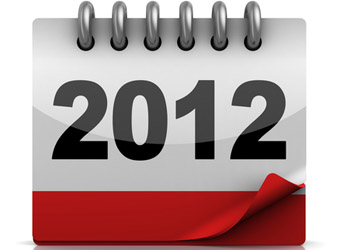 With Google’s constant effort to improve their search results, their algorithm is evolving to better understand and compliment organic versus spam link building. Since links are still (and will continue to be) a crucial ranking factor for websites, SEOs are focusing efforts on strong organic link building methods which in the short term are relatively tougher to track but in the longer term are extremely valuable to their websites overall domain strength and in turn increasing their SEO market share.
With Google’s constant effort to improve their search results, their algorithm is evolving to better understand and compliment organic versus spam link building. Since links are still (and will continue to be) a crucial ranking factor for websites, SEOs are focusing efforts on strong organic link building methods which in the short term are relatively tougher to track but in the longer term are extremely valuable to their websites overall domain strength and in turn increasing their SEO market share.
Organic or natural link building is the method of building high quality links irrespective of the anchor text or landing page. When I say its relative tougher to track I mean that in a pure ranking perspective – since we’re acquiring a large volume of links across the board it’s become difficult to hone in on the effectiveness of the campaign. However, there are domain strength signals that can be tracked which give you an idea of the overall success of the campaign.
Before we discuss the tracking methodology lets dive in to the three effective organic link building techniques:
1. Link Reclamation
Link reclamation is the process of winning back the links that you once had but are now broken due to changes in your website or the external links are pointing to pages via 301/302 redirects that don’t pass the full value of the link authority.
So how does link reclamation work? We follow a scalable process that helps identify and acquire broken links. Here’s how it works:
A). Phase 1: Discovery
We analyze the links from three main tools – OpenSiteExplorer, MajeticSEO and Google Webmaster Tools. We form one consolidated excel sheet that has all the links with duplicates removed. Since Google only gives us the URL for the linking page, we need to run our (AdLift’s) internal scrapper tool to give us more information on linked page and anchor text. Here’s the list of data that we need to help with the outreach process:
- AC Rank of Linking Page (From MajesticSEO)
- No. of External links pointing to Linking Page (From MajesticSEO)
- Linked Page (Internal Scraper)
- Anchor Text (Internal Scraper)
- HTTP Status Code (Screaming frog SEO Spider)
The first two data sets (ACRank and No. of external links) helps us identify high value sites.

On an average, we see that out of all the links pointing back to a particular website 15-30% of the links are 301/302 and 3-7% are 404s. Depending on the size of your website this a substantial link acquisition opportunity. (Data collected through a sample size of 10 websites)
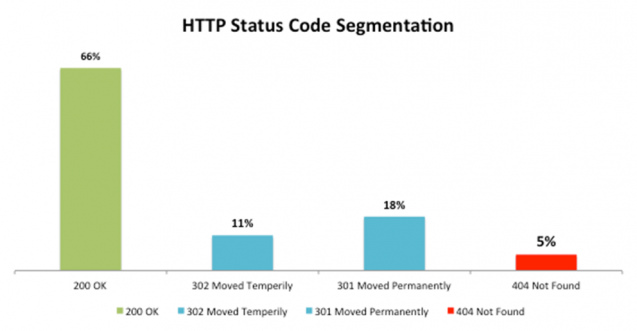
Next, we append the target linked pages/anchor text for URLs that are either broken (404s) or are redirects (301/302). We’re now ready for the outreach process
B). Phase 2: Outreach
The outreach process is probably the most time consuming but that’s because it’s the most rewarding. Here’s where you need to segment the above data by 301/302 and 404s and reach out to webmasters that are linking to broken pages. The conversion rates (20-40%) on fixing broken links are high because it’s a win-win for both the website that’s currently linking to the broken page and obviously the linked website.
C). Phase 3: Tracking
The last piece of this campaign is the tracking how effective this has been. There are several ways of doing this but one that proves to validate the effectiveness is the tracking of the overall domain and page authority (OpenSiteExploer) of pages that the links were reclaimed. For projects we’ve worked on, we’ve seen this number move in the positive direction within 30-45 days of all links being reclaimed. Alternately, if you reclaim broken links for specific anchor text you can track the rank/traffic improvements over time.
Overall, getting in to the numbers – if you have a link profile of 10,000 links, its safe to assume 5% are 404s and 25% are 301/302 – that’s 3000 links that have a high potential of converting.
2. Competitive Link Audit & Acquisition
The competitive link audit and acquisition is similar in some ways to link reclamation in that it involves understanding the link profile of a particular website and uncovers unique link targets. There are a number of tools you could use to help you analyze the competitions linking strategies. Here are some important graphs that help analyze the competitive link landscape.
A). Domain and Page Authority Segmentation (Tools used: OpenSiteExplorer or MajesticSEO)
This is a segmentation of all in coming links to a competitor website by domain and page authority.
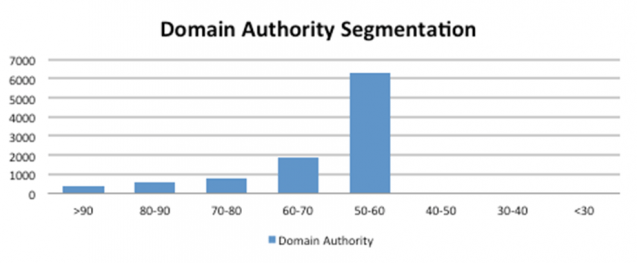
The above graph shows us that a majority of incoming links has a domain authority between 50-60.
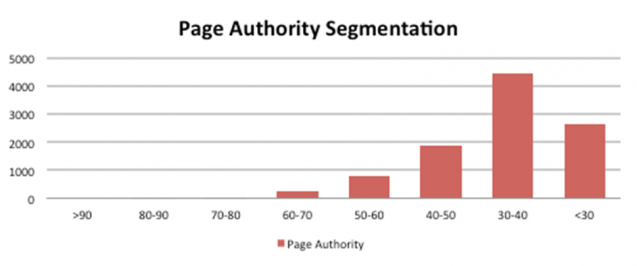
The above graph shows us that a majority of incoming links has a page authority less than 40.
B). Non-Brand Vs. Brand Anchor Text Segmentation (OpenSiteExplorer or MajesticSEO)
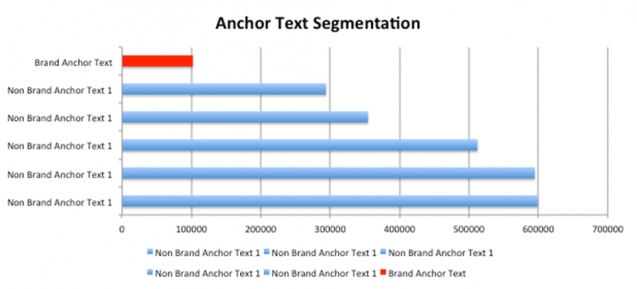
C). GEO Linking profile (Tool used: Blekko)
The GEO linking profile is particularly helpful in analyzing the link profile for global brands. It helps uncover unique linking opportunities for international sites where building quality GEO specific links becomes tough.
The example below shows Acer Germany’s link profile, where a large majority of inbound links is coming from Germany – which is great!
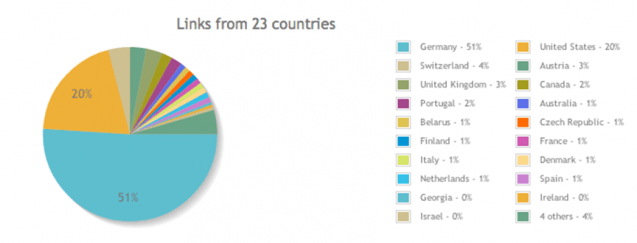
Source: Blekko.com http://www.acer.de/ /seo
I’ll have to admit that these techniques are very time consuming, but gone are the “get rich quick” days of SEO. To build up your domain strength with quality links and garner a greater share of the SEO traffic this level of effort is a must and it definitely pays off!
Image Credit: mmaxer / Shutterstock



